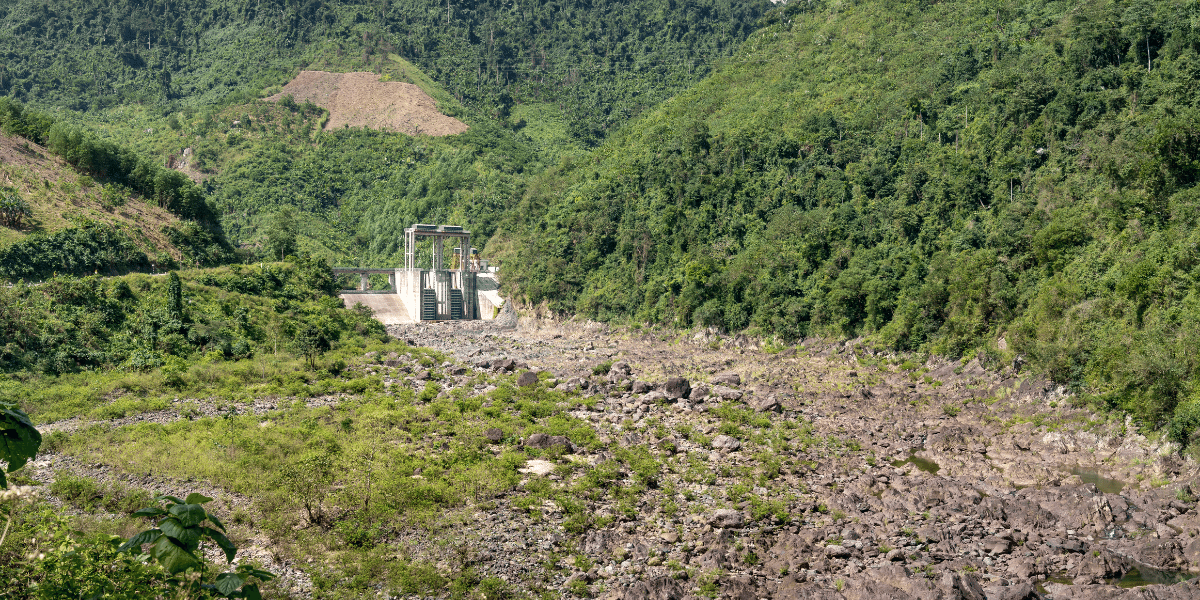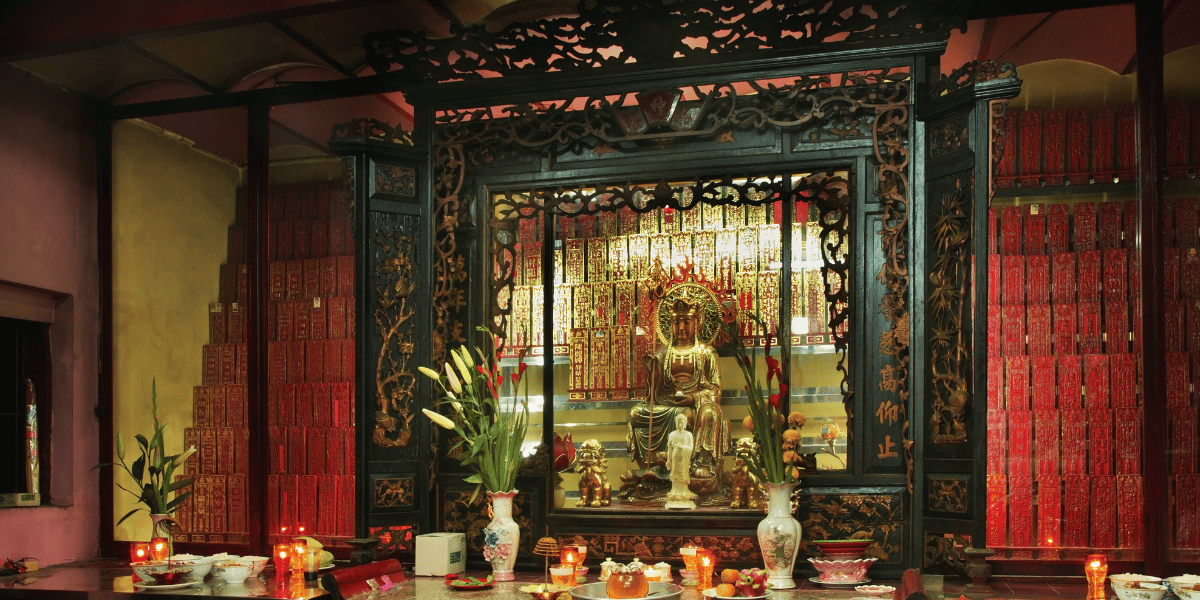Da Nang (Municipality City) Attractions: Discover the Best Sights and Activities
Last Updated on 13 August, 2024 by admin
Đà Nẵng, a vibrant and modern coastal city in Central Vietnam, is renowned for its unique blend of natural beauty and urban development. Nestled between the tranquil East Sea and the majestic Annamite Range, Đà Nẵng offers stunning landscapes that captivate both locals and visitors alike. The city’s pristine beaches, such as My Khe and Non Nuoc, are consistently ranked among the most beautiful in the world, with their soft white sands and crystal-clear waters providing a perfect retreat for relaxation and water activities.
In addition to its natural allure, Đà Nẵng is famous for its iconic bridges, which have become symbols of the city’s rapid modernization and creativity. The Dragon Bridge, with its impressive design and ability to breathe fire and water, and the Golden Bridge, held aloft by giant stone hands, are just a few examples of the architectural wonders that have made Đà Nẵng a standout destination in Vietnam.
Beyond its scenic and architectural marvels, Đà Nẵng boasts a rich cultural heritage, reflected in its historic sites, vibrant festivals, and local cuisine. The city’s proximity to UNESCO World Heritage sites like Hội An Ancient Town and the imperial city of Huế further enhances its appeal, making Đà Nẵng a gateway to exploring the cultural and historical treasures of Central Vietnam. With its dynamic atmosphere, beautiful surroundings, and deep cultural roots, Đà Nẵng is a city that perfectly balances the old with the new, offering something for every traveller.
Natural Attractions
My Khe Beach
My Khe Beach, often referred to as one of the most beautiful beaches in the world, is a must-visit destination in Da Nang. The beach boasts long stretches of soft white sand, clear blue waters, and gentle waves, making it perfect for swimming, sunbathing, and water sports. Visitors can also enjoy beachside cafes and restaurants offering fresh seafood and stunning ocean views.

Marble Mountains
The Marble Mountains, or Ngũ Hành Sơn, are a cluster of five limestone and marble hills named after the five elements: Metal, Water, Wood, Fire, and Earth. This spiritual and cultural site is renowned for its network of caves, tunnels, and Buddhist sanctuaries, making it a place of pilgrimage and reflection. Visitors can explore the many hidden temples and pagodas nestled within the mountains, each offering a peaceful retreat and a glimpse into the region’s Buddhist traditions. The most adventurous can climb to the summit of Thuy Son, the Water Mountain, for panoramic views of Đà Nẵng and the surrounding countryside. The Marble Mountains are a fascinating blend of natural beauty and cultural heritage, offering a serene escape from the hustle and bustle of the city.
Son Tra Peninsula (Monkey Mountain)
Son Tra Peninsula, often referred to as the “green lung” of Đà Nẵng, is a nature reserve that offers a perfect mix of pristine beaches, dense rainforests, and cultural sites. The peninsula is home to the famous Linh Ung Pagoda, which houses the tallest statue of the Goddess of Mercy in Vietnam, standing 67 meters tall and overlooking the sea. Visitors can explore the winding roads that lead through the lush forests, where it’s possible to spot rare wildlife such as the endangered red-shanked douc langur. The summit of Son Tra Mountain offers a breathtaking panoramic view of Đà Nẵng, the coastline, and the distant mountains. Whether you’re interested in wildlife, hiking, or simply enjoying the natural beauty, Son Tra Peninsula is a haven of tranquility and a must-visit destination.
Ba Na Hills
Bà Nà Hills is a premier tourist destination perched atop a mountain, offering visitors a unique experience with its cool climate, charming European-style architecture, and the famous Golden Bridge. The journey to Bà Nà Hills begins with a ride on the world’s longest cable car, which provides breathtaking views of the lush forested mountains and the coastline below. Once at the summit, visitors can explore a wide array of attractions, including beautifully landscaped gardens, the quaint French Village, and an abundance of entertainment options such as the Fantasy Park. The highlight for many is the Golden Bridge, an architectural marvel held up by giant stone hands, which has become an iconic symbol of Vietnam’s tourism. Bà Nà Hills offers a perfect blend of natural beauty, cultural exploration, and modern entertainment, making it a must-visit for anyone travelling to Đà Nẵng.
Historical and Cultural Sites
Cham Museum (Museum of Cham Sculpture)
The Cham Museum in Da Nang is the largest collection of Cham artifacts in the world. The museum features over 300 pieces of Cham sculpture, including statues, altars, and architectural fragments from the 7th to the 15th centuries. Visitors can learn about the Cham civilization, which once thrived in central and southern Vietnam, and admire the intricate and beautiful artwork.
Linh Ung Pagoda
Linh Ung Pagoda, located on Son Tra Peninsula, is one of the most important religious sites in Da Nang. The pagoda is famous for its 67-meter-tall statue of the Goddess of Mercy, which is the tallest Buddha statue in Vietnam. Visitors can explore the beautiful temple grounds, enjoy the peaceful atmosphere, and take in the stunning views of the sea and city.
Dragon Bridge
The Dragon Bridge is one of Đà Nẵng’s most distinctive landmarks and a testament to the city’s rapid development and modernisation. Spanning the Han River, this unique bridge is designed in the shape of a dragon, an important symbol in Vietnamese culture representing power, nobility, and good fortune. What sets the Dragon Bridge apart is its ability to breathe fire and water, a spectacle that takes place every weekend, drawing crowds of locals and tourists alike. The bridge not only serves as a vital transportation link but also as a cultural icon, reflecting Đà Nẵng’s vibrant spirit and its aspirations for the future.
Han Market
Han Market is a bustling local market located in the heart of Da Nang. The market offers a wide range of products, including fresh produce, seafood, clothing, and souvenirs. Visitors can explore the vibrant stalls, try local delicacies, and shop for unique items. The market provides a glimpse into the daily life and culture of the local people.
Unique Experiences
Hoi An Ancient Town
Hoi An Ancient Town, a UNESCO World Heritage site, is located just a short drive from Da Nang. The town is known for its well-preserved architecture, charming streets, and vibrant lanterns. Visitors can explore the historic buildings, visit traditional craft shops, and enjoy the local cuisine. Hoi An is especially magical in the evening when the town is lit up by thousands of colorful lanterns.
My Son Sanctuary
My Son Sanctuary, another UNESCO World Heritage site, is an ancient Cham temple complex located about 70 km from Da Nang. The site features impressive Hindu temples and towers built between the 4th and 14th centuries. Visitors can explore the ruins, learn about the Cham culture and history, and enjoy the serene and mystical atmosphere of the site.
Da Nang International Fireworks Festival
The Da Nang International Fireworks Festival is an annual event that attracts visitors from around the world. The festival features spectacular fireworks displays from various countries, set against the backdrop of the Han River. Visitors can enjoy the stunning shows, along with cultural performances and food stalls. The festival is a highlight of Da Nang’s cultural calendar and a must-see event.
Modern Attractions
Vinpearl Land Nam Hoi An
Vinpearl Land Nam Hoi An is a large amusement park located near Da Nang. The park features a variety of attractions, including roller coasters, water slides, a safari, and cultural shows. Visitors can enjoy thrilling rides, relax in the water park, and explore the wildlife safari. The park also offers dining and shopping options, making it a great destination for families and adventure seekers.
Asia Park (Sun World Da Nang Wonders)
Asia Park, also known as Sun World Da Nang Wonders, is a modern amusement park that combines cultural and entertainment experiences. The park features a giant Ferris wheel, thrilling rides, and cultural zones representing various Asian countries. Visitors can enjoy the rides, explore the cultural exhibits, and take in the panoramic views from the top of the Ferris wheel.
Da Nang Night Market
Da Nang Night Market is a lively spot where visitors can experience the vibrant local culture and cuisine. The market offers a variety of street food, fresh seafood, and unique souvenirs. It’s a great place to try local dishes, such as banh xeo (Vietnamese pancakes), grilled seafood, and traditional desserts. The lively atmosphere and bustling stalls make it a fun and memorable experience.
Exciting Activities
Exploring Đà Nẵng’s Cuisine
One of the most delightful experiences in Đà Nẵng is indulging in its rich and diverse culinary offerings. The city is famed for its local specialties, with dishes that reflect the flavours and traditions of Central Vietnam. A must-try is mì Quảng, a noodle dish that combines a savoury broth with a variety of toppings, including pork, shrimp, and quail eggs, all garnished with fresh herbs and peanuts. Another iconic dish is bánh tráng cuốn thịt heo, which consists of thin slices of tender pork rolled in rice paper with fresh vegetables and herbs, served with a tangy dipping sauce. The city’s coastal location also means an abundance of fresh seafood, from grilled fish to steamed crabs, all of which are best enjoyed at one of the many beachfront restaurants. Whether dining at a street-side stall or a more upscale eatery, exploring Đà Nẵng’s cuisine is a journey through the authentic tastes of Vietnam.
Joining Tours to Nearby Destinations
Đà Nẵng’s strategic location makes it an excellent base for exploring some of Central Vietnam’s most famous attractions. Hội An, just a short drive away, is a UNESCO World Heritage site known for its well-preserved ancient town, colourful lanterns, and bustling night markets. A day trip to Cù Lao Chàm, an island known for its pristine beaches and rich marine life, offers opportunities for snorkeling, diving, and enjoying the natural beauty of the region. For those interested in history and culture, a visit to Mỹ Sơn Sanctuary provides a glimpse into the ancient Champa civilization through its collection of impressive Hindu temples and towers, also recognised as a UNESCO World Heritage site. Participating in these tours not only broadens your understanding of Vietnam’s history and culture but also adds a variety of memorable experiences to your trip.
Experiencing the Nightlife
Đà Nẵng’s vibrant nightlife offers something for everyone, from cultural performances to laid-back beachside relaxation. A popular evening activity is strolling across the Dragon Bridge, especially on weekends when the dragon structure breathes fire and water in a dazzling display. For those interested in the arts, the city hosts various performances, including traditional Vietnamese music and dance shows, which provide insight into the country’s cultural heritage. If you prefer a more relaxed evening, the beachfront bars and restaurants are perfect spots to unwind with a drink, enjoy live music, or simply take in the serene ocean views. From the bustling atmosphere of the city’s night markets to the tranquil ambiance of its coastal venues, Đà Nẵng’s nightlife offers a diverse array of experiences that cater to all tastes and preferences.
Conclusion
Da Nang is a city that captivates visitors with its unique blend of natural beauty, historical significance, and modern amenities. Whether you’re exploring stunning beaches, delving into the history of ancient sites, or enjoying the vibrant nightlife, Da Nang promises an unforgettable journey. Plan your visit today and discover the hidden treasures of this dynamic city. Share your experiences or ask questions in the comments section below!




